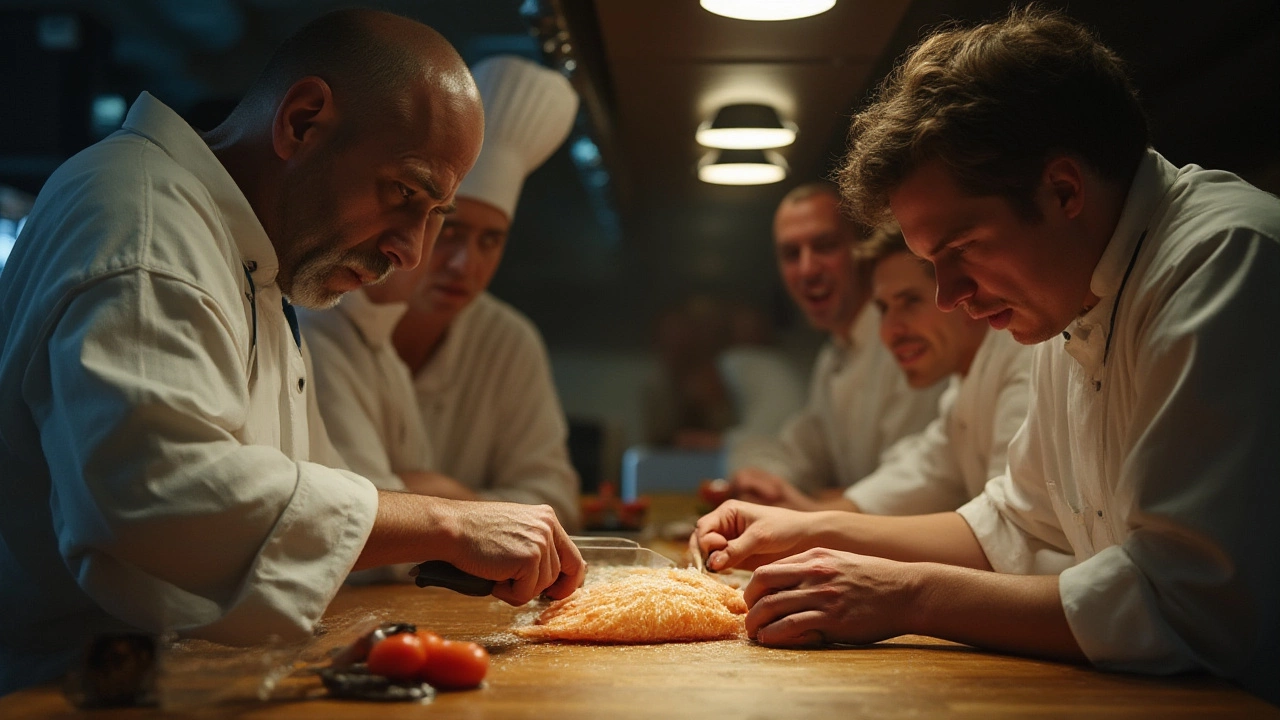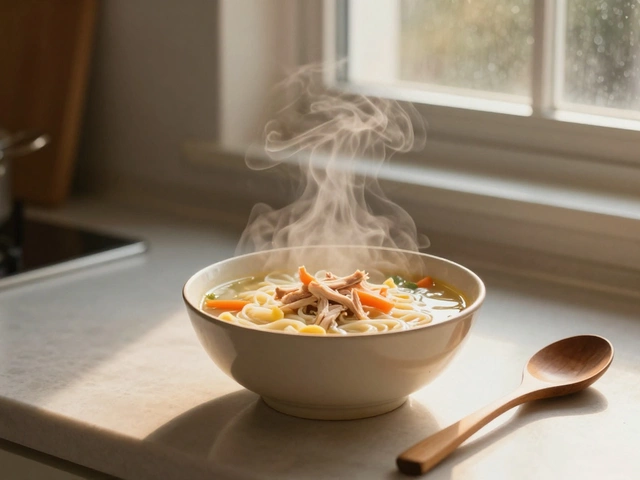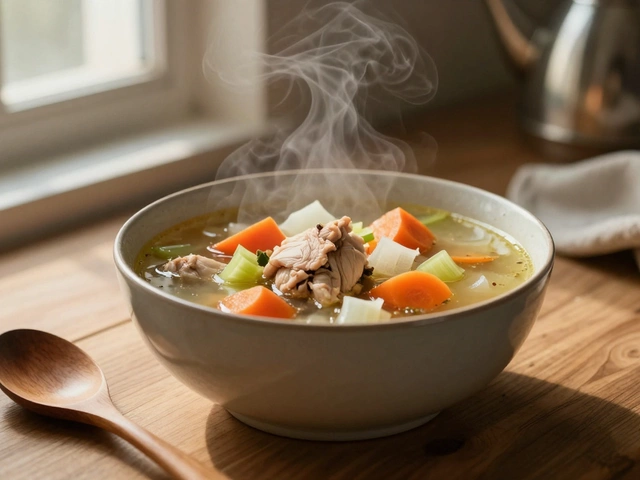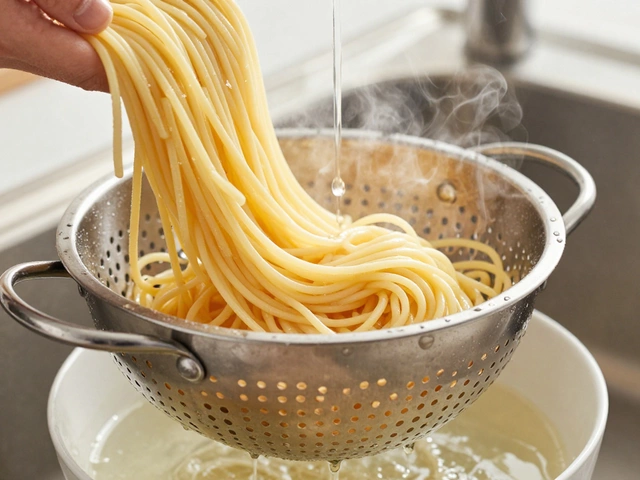Dangerous Delicacies: How to Spot and Handle Risky Foods
Ever wondered why some recipes make you uneasy? Maybe it’s the raw chicken in a slow cooker or a dish that seems too good to be true. The truth is, a few popular foods can turn hazardous if you ignore basic safety steps. Below we break down the most common kitchen dangers and give you simple fixes you can start using today.
Know the Red Flags
First, learn the signs that a dish could become unsafe. If a recipe calls for leaving meat at "warm" for hours, that’s a warning. The same goes for raw poultry cooked in a slow cooker without a proper boil‑out phase. Another red flag is using ingredients that hide gluten or other allergens – you might think oat milk is safe, but many brands add hidden wheat. Spotting these cues early stops problems before they start.
When you read a recipe, ask yourself: Does it mention temperature checks? Is there a step to cool food quickly? If the answer is no, add those steps yourself. A quick check with a food thermometer can save you from food‑borne illness. Aim for 165°F (74°C) for chicken and 140°F (60°C) for leftovers.
Practical Safety Hacks
Here are three easy habits that make risky dishes safe:
1. Use a thermometer. It takes seconds, but it tells you if meat is truly cooked. Keep one in a drawer; you’ll reach for it without thinking.
2. Cool fast, store right. When you have big batches, split them into shallow containers. Cool in the fridge within two hours, then cover tightly.
3. Separate utensils. Use different cutting boards for raw meat and veggies. A tiny cross‑contamination can turn a tasty stir‑fry into a health risk.
Even tricks like placing foil under a slow cooker lid can improve steam circulation, keeping dishes moist without over‑cooking. It’s a small change that prevents watery, undercooked meals.
Remember, most kitchen accidents happen because we skip a simple step. By paying attention to temperature, timing, and cross‑contamination, you turn a potentially dangerous delicacy into a safe, satisfying meal.
Got a specific risky recipe you love? Try rewriting it with these safety points in mind. You’ll still get the flavor you crave, but without the worry. Happy cooking, and stay safe!

Why Fugu is the Most Feared Dish in the Culinary World: Daring Dinners and Deadly Delicacies
by Landon Weathers / 9 Jul 2025Explore why fugu, the Japanese pufferfish, is the world's most feared dish. Learn about its lethal risks, strict preparation laws, and what drives thrill-seekers to try it.




